This review contains some spoilers for the season 3 premiere of The Mandalorian, “Chapter 17: The Apostate.”
There is, to put it mildly, a very strange energy to The Mandalorian season 3.
For all intents and purposes, Din Djarin (Pedro Pascal) completed his journey at the end of the show’s second season. The Mandalorian begins with the eponymous bounty hunter taking the young Grogu under his wing, protecting the child from the sinister conspiracy led by Moff Gideon (Giancarlo Esposito). The second season concluded with Djarin leading a team to defeat Gideon and handing Grogu over to Jedi Master Luke Skywalker (Mark Hamill) to complete his training.
An audience member jumping straight from the second season finale to the third season premiere might be confused at what they see. Djarin is still traveling the cosmos. He’s still taking care of Grogu, having withdrawn the child from Luke Skywalker’s school for Jedi between seasons. This event was shown in “From the Desert Comes a Stranger,” the penultimate episode of The Book of Boba Fett, but it’s interesting to wonder what people who didn’t watch that other show made of it.
Showrunner Jon Favreau has boasted that he has already completely written the fourth season of The Mandalorian and that he believes the show could run forever. This would certainly make parent company Disney very happy. The Mandalorian is Disney+’s flagship show, having launched the streaming service back in December 2019. It was also the most watched streaming original outside of Netflix in 2020 according to Nielsen. As such, it’s easy to understand why Disney wants more of this.
However, there is a sense that The Mandalorian has charted a rocky course to its third season. The first and second seasons premiered within a year of one another, but fans had to wait over two years for the newest season. There are various reasons why this might have been the case. Obi-Wan Kenobi was shot using much of the same crew and a lot of the same equipment, and production on that show was famously delayed while scripts were rewritten.
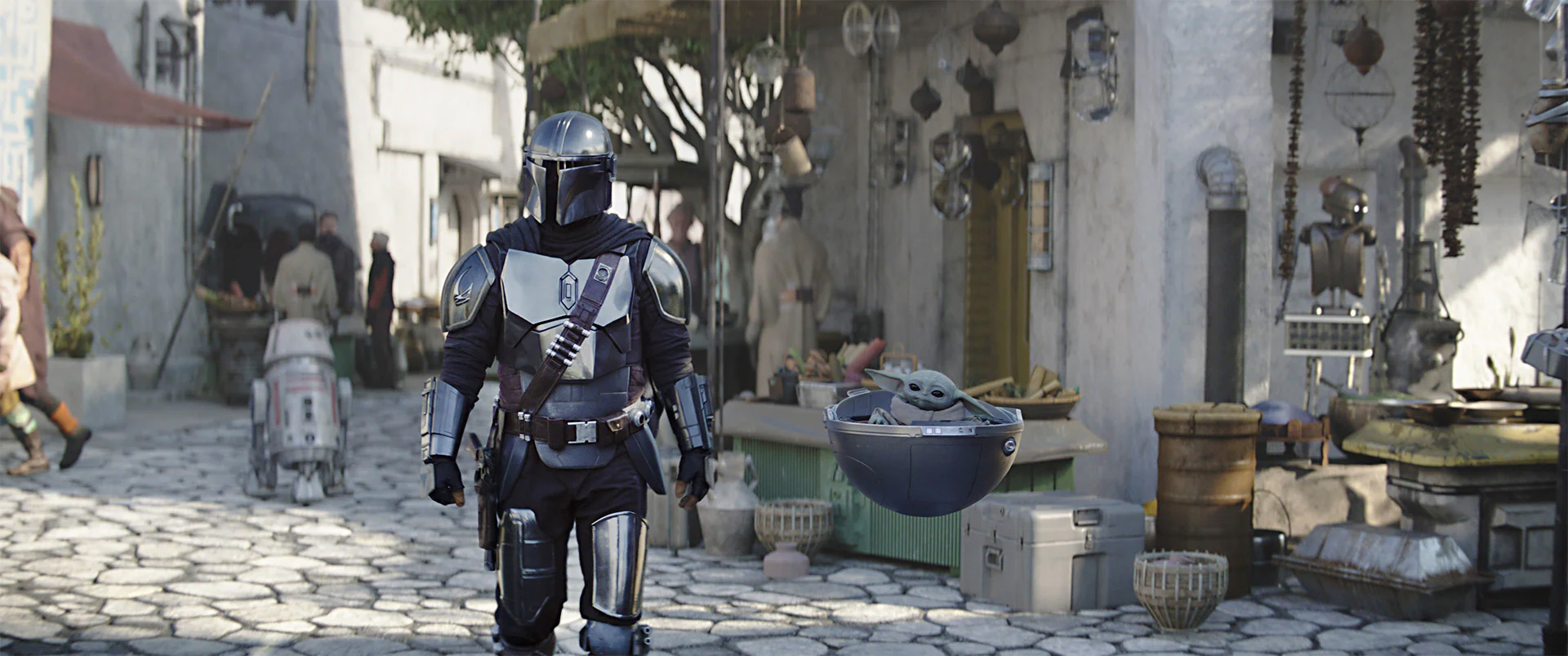
There is also the issue of Pascal himself. There is some debate about the extent to which Pascal is actually in The Mandalorian, with recurring director Bryce Dallas Howard describing the character as “a real collaboration” between Pascal’s voiceover and various in-suit performers, including Pascal himself. Pascal is an actor with considerable commitments, also headlining HBO’s The Last of Us, and has credited the production team on The Mandalorian for how they “improvised” around his availability.
There is a fuzziness around the edges of The Mandalorian season 3, a sense that this is a show where the flow of time has been broken. This is reflected in a debate that popped up shortly before the third season premiere about exactly how much time had passed in-universe since Djarin first encountered Grogu. According to Favreau, the first two seasons of the show took place over “many years,” and Grogu spent two years with Skywalker before Djarin retrieved him.
Of course, time is relative, and it is particularly elastic in a science fiction universe with multiple planets with different levels of gravity and faster-than-light travel. Still, even setting aside that all those events happened over two years of broadcast television, the numbers don’t really map to the experience of the events that the audience saw on screen. It is hard to articulate precisely why, but those numbers don’t “feel” right. There is something uncanny at work in all this.
This uncanniness carries over to “The Apostate,” the third season premiere of The Mandalorian. As an episode of television, it finds itself caught between three competing narrative objectives. The most obvious and most immediate is to assure the audience that The Mandalorian is back and that it is fundamentally the same show. This is an episode designed to remind the audience how much fun they had watching these two characters have fun and pulpy Star Wars adventures.
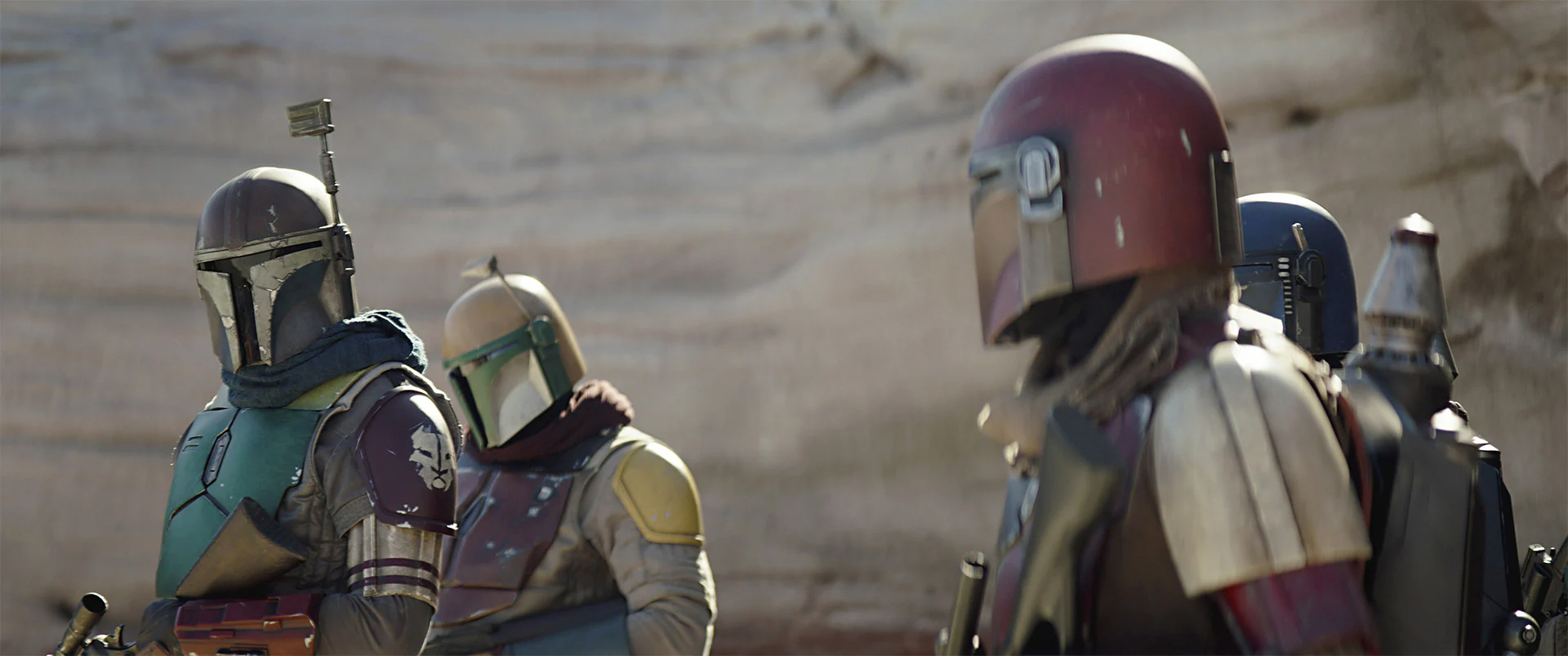
As such, “The Apostate” is light on plot but heavy on generic Star Wars stuff. The season opens with a sequence that invites the audience into Mandalorian mysticism, watching the forging of a Mandalorian helmet. It then segues into a giant monster attack with lasers and jetpacks, in a sequence that lasts a full seven minutes. Later in the episode, Djarin tussles with space pirates, and there is a dogfight in an asteroid field. It’s all cool Star Wars stuff, with Djarin and Grogu.
The premiere’s second big objective is to bring the returning Mandalorian audience up to speed on what they missed if they skipped The Book of Boba Fett. There is a sense of Disney figuring out the limits of these densely intertwined shared universes of intersecting shows, realizing with both the Marvel Cinematic Universe and the Star Wars brand that high volumes of content are as likely to alienate casual audiences as to radicalize them.
The Marvel Cinematic Universe has had to introduce Kang the Conqueror (Jonathan Majors) twice now, with one version of the character giving a big motive speech at the end of the first season of Loki and another delivering the same exposition at the climax of Ant-Man and the Wasp: Quantumania, because Marvel couldn’t assume audiences had seen Loki. In contrast, Thanos (Josh Brolin) only really had to explain himself once, in Avengers: Infinity War.
So “The Apostate” has to explain Djarin’s excommunication from his fellow Mandalorians. There’s a lot of redundancy. The “previously on” section includes footage from The Book of Boba Fett in which the Armorer (Emily Swallow) warns that Djarin is “a Mandalorian no more” because he removed his helmet and can only redeem himself in “the living waters beneath the Mines of Mandalore.” She reiterates those exact points in her first conversation with Djarin within the episode.
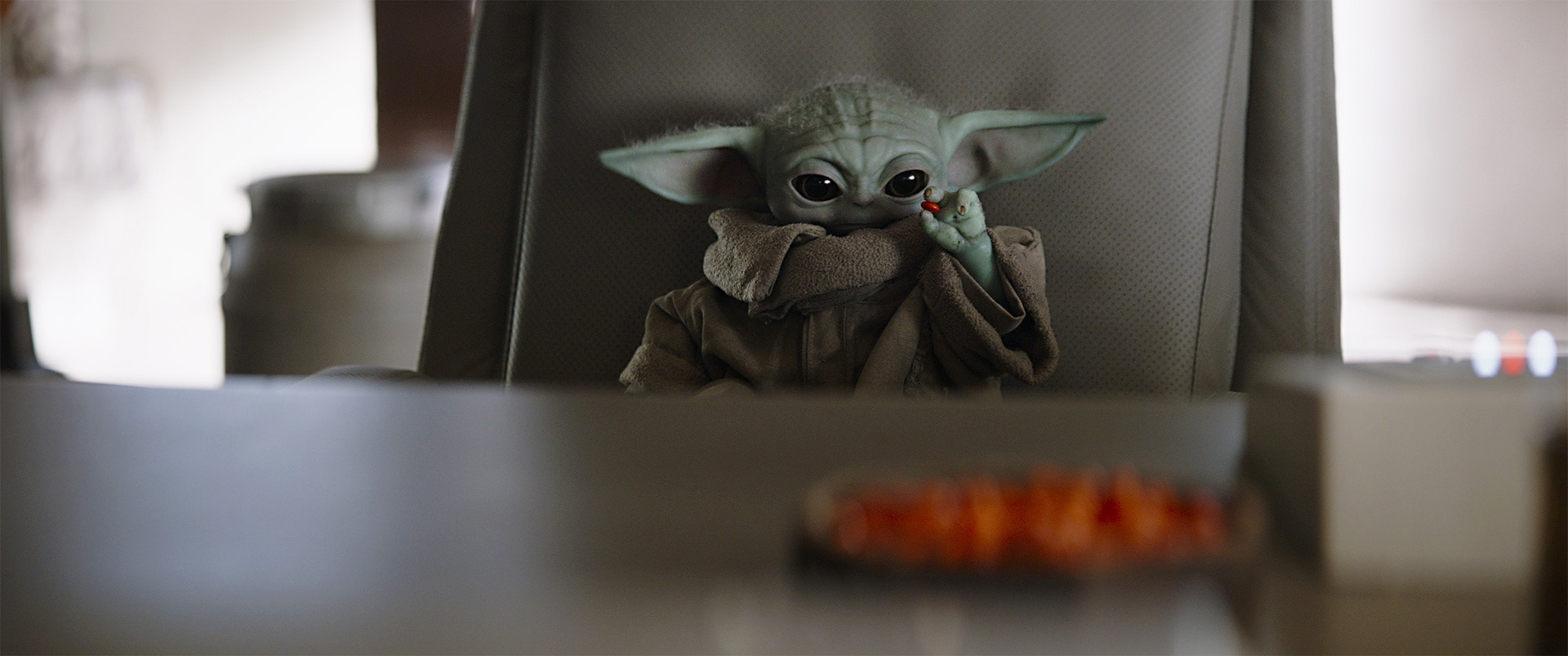
“You have removed your helmet,” she tells Djarin. “You are no longer Mandalorian.” It’s clumsy and inelegant. The complicated and dense mythology of Star Wars has always relied on a host of “… as you already know …” dialogue between characters, but “The Apostate” has characters repeating things that the episode packaged in the “previously on” just 10 minutes earlier. There is a lot of this within “The Apostate,” illustrating the folly of farming out plot points to The Book of Boba Fett.
The third competing objective for “The Apostate,” on top of reminding viewers of what they liked about The Mandalorian and catching them up on what they missed on The Book of Boba Fett, is effectively serving as a second pilot for the series. This is an episode about setting up a new set of objectives for Djarin, establishing new rules and new stakes, and outlining what the next season or two is going to look like.
Ironically, this involves closing the book on a lot of lore from the first two seasons, leading to exposition about both what lies behind and what awaits ahead. When Djarin visits his old friend Karga (Carl Weathers), there’s a lightning round of drawing a line under the first two seasons, such as writing out Cara Dune (Gina Carano). “What about Marshal Dune?” Djarin asks Karga. He follows up with, “What became of Gideon?” There’s a sense of needing to cover ground quickly.
The same thing happens later in the episode, when Djarin visits his old ally Bo-Katan (Katee Sackhoff). It feels less like two old friends catching up than a rapid-fire job interview. “What of your plans to retake Mandalore?” he asks her. Then he prompts, “Where is the stolen fleet?” There is a sense that the third season of The Mandalorian is not really a direct continuation of the first two, and so a lot of information needs to be established very directly, with no time for poetry or nuance.
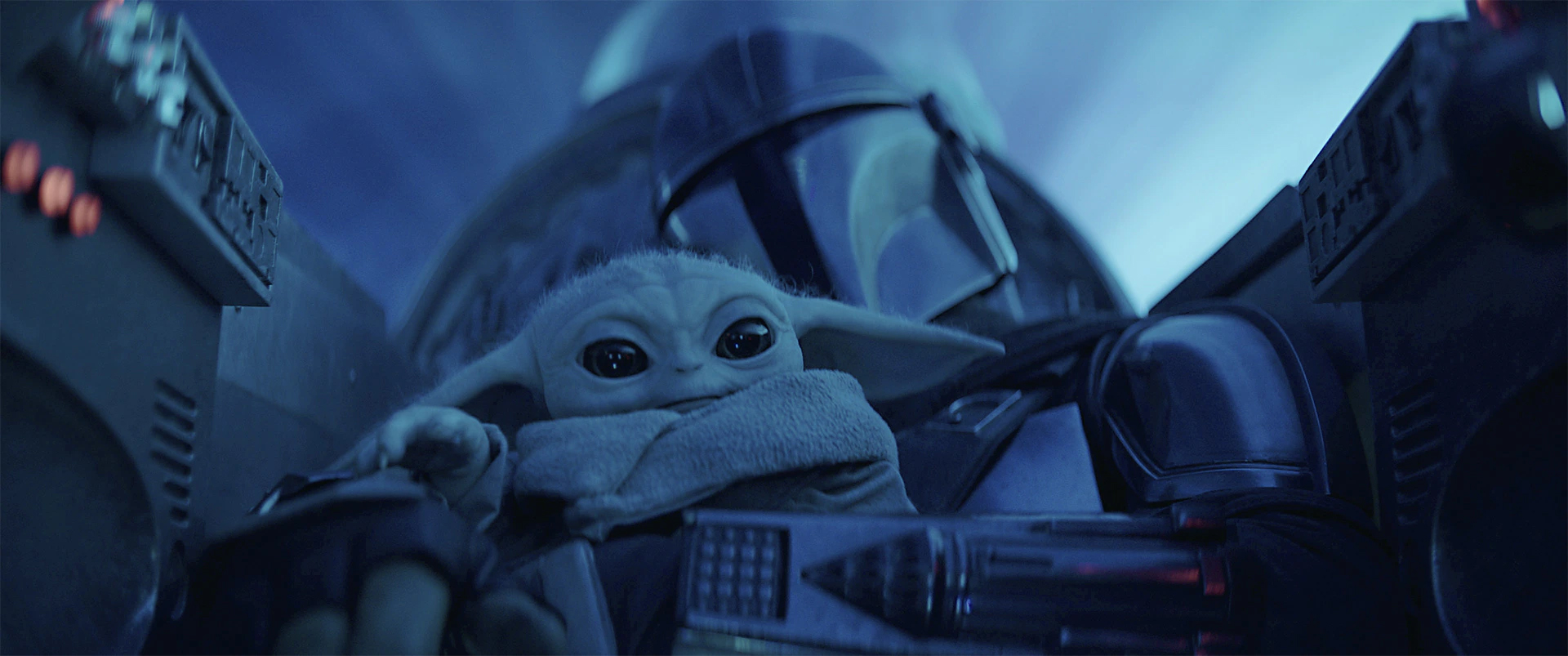
It is to Favreau’s credit that “The Apostate” works at all, given the competing masters that it has to serve. There is something almost tragic bubbling beneath the episode’s surface, as Djarin travels the galaxy in his vintage Naboo starfighter with the kid that he pulled out of school, only to discover that his old buddies have moved on with their lives in his absence. Karga is a “High Magistrate” who has turned Nevarro into “the gem of the Outer Rim.” Katan is alone but at least sits on a throne.
Karga seems to make the point that the story of The Mandalorian is complete. “I’m confused,” he admits. “I thought you had completed your mission, but you’re still running around here with the same old critter.” Indeed, Karga is enjoying his retirement and respectability, to the point that his old pirate friend Vane (Marti Matulis) is shocked to discover that Karga converted their old bar into a school. Karga has moved on from his younger days. He’s built a life, a community.
Indeed, Karga makes a similar offer to Djarin, suggesting that the bounty hunter has earned his rest. “You and the little one, you can settle down, you can hang up your blaster,” he suggests. “Live off the fat of the land.” It’s not a bad deal, particularly given that The Mandalorian already helped to redeem the Star Wars brand after the twin disappointments of Solo: A Star Wars Story and Star Wars: The Rise of Skywalker. Is it possible for Djarin to lay down his burdens and move on?
“The Apostate” suggests that Djarin is still stuck chasing the past. Djarin attempts to resurrect IG-11 (Taika Waititi), the assassin droid from the show’s first season, despite its damaged memory chip. “I need this one,” he states to the Anzellans. “This one is my friend.” Karga translates for the engineers, “He said you should get a new one.” Flying a Naboo starfighter, trying to preserve the Mandalorian ways, and trying to resurrect a melted droid, Djarin is perhaps too beholden to what once was.
Then again, this is the challenge facing The Mandalorian in its third season, premiering more than two years after the end of the second. Can The Mandalorian start again without losing what fans loved about it? Can it recapture the appeal of those early seasons while telling a new story? Is the Way forwards, backwards, or moving in circles?

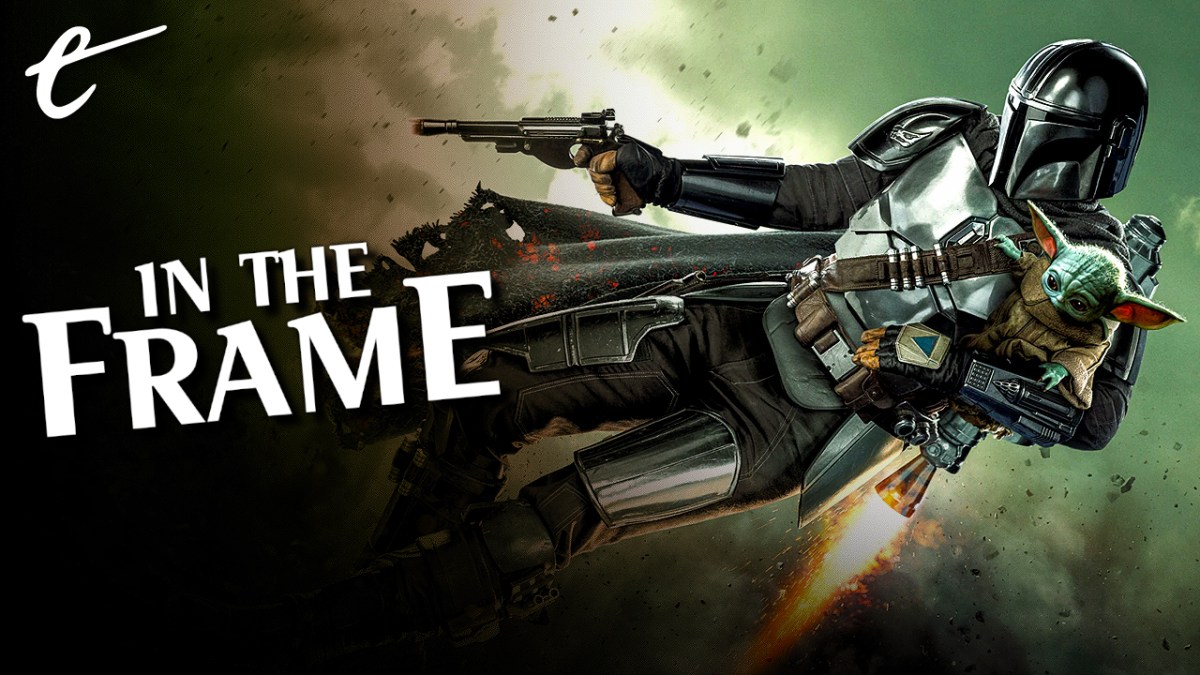




Published: Mar 3, 2023 11:00 am